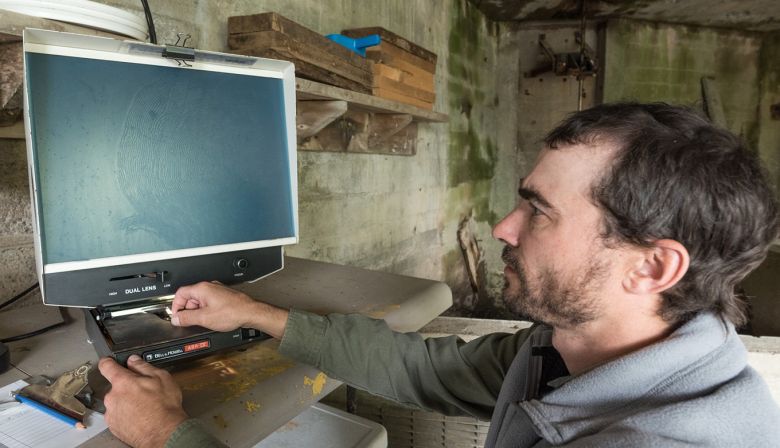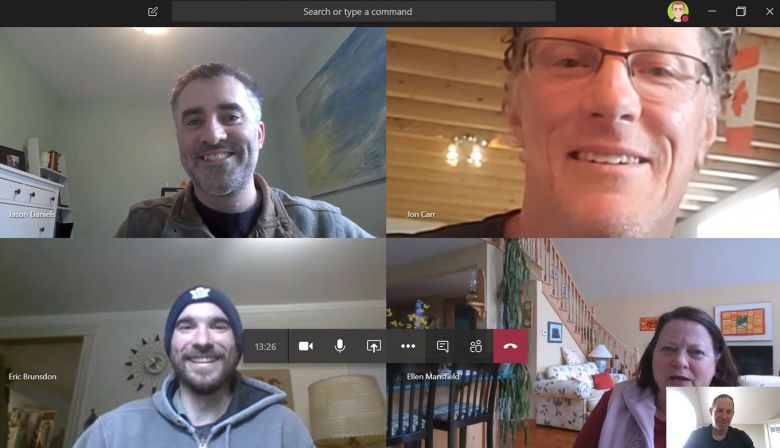
Subscribe & stay up-to-date with ASF


In a normal year our first wild Atlantic salmon would be tagged by now, post spawn adults leaving freshwater for the sea after a winter under the ice. Everything we need for smolt tracking, which usually begins a few weeks from now would be sourced, prepped, and loaded to go, but of course 2020 is not a normal year.
In 2003 we started tagging smolt on the Southwest Miramichi River, following them through the Gulf of St. Lawrence on their first ocean voyage. Since then we added the Northwest Miramichi, Restigouche and Cascapedia Rivers, and by 2018, when we published this paper, more than 2,800 juvenile salmon had been tagged, constituting the world’s longest continuous study of wild Atlantic salmon.

This season, likely the best we can hope for in New Brunswick is tagging a reduced number of smolt on one branch of the Miramichi River system, assuming the COVID-19 situation in New Brunswick, where no new cases have been recorded this week, doesn’t change. The Miramichi Salmon Association, our long-term research partner is as keen to go as long as we can work safely. We are also hopeful that interprovincial travel restrictions will be lifted by early June so that smolt tagging can occur on the Cascapédia River with our partner the Cascapédia River Society
As restrictions are lifted, if the six-foot rule of social distancing remains, we have found a way to tag smolt that will not bring people shoulder to shoulder. Normally as one researcher performs surgery to insert an acoustic tag into the stomach cavity of the fish, another person constantly passes water from a squeeze bottle over its gills. Instead, we will deploy what’s called a fish anaesthetic delivery system, or FADS – a small controllable pump that keep water flowing and fish alive.

Some other ASF research activities should go ahead without a hitch, like checking the fishway on the Magaguadavic River, which is a one person job. The Magaguadavic flows into the Bay of Fundy in the middle of the New Brunswick aquaculture industry. Since 1992 we have monitored the fishway there, counting the number of wild salmon and aquaculture escapes that enter the river.
It has become an international index river for the study of farmed and wild salmon and is the only continuously monitored site for escapes in the entire Bay of Fundy. Recently we have been collecting tissue samples from the escapes, to have them analyzed for viruses and other infectious agents, with a published paper coming online this week.
Until life returns to some semblance of normal we will do what we can, and make sure when it’s go time we’re ready, so that at least there’s not a total blank in the research series that we have worked so hard to build up.